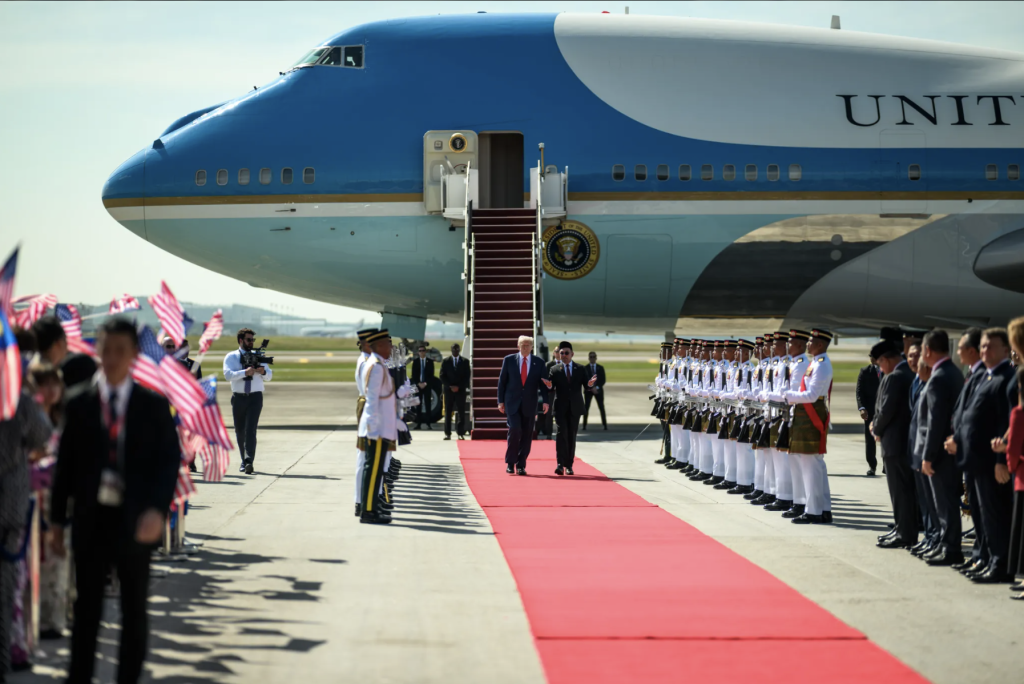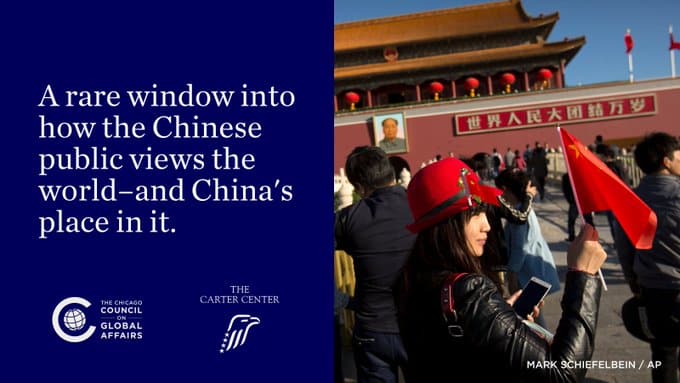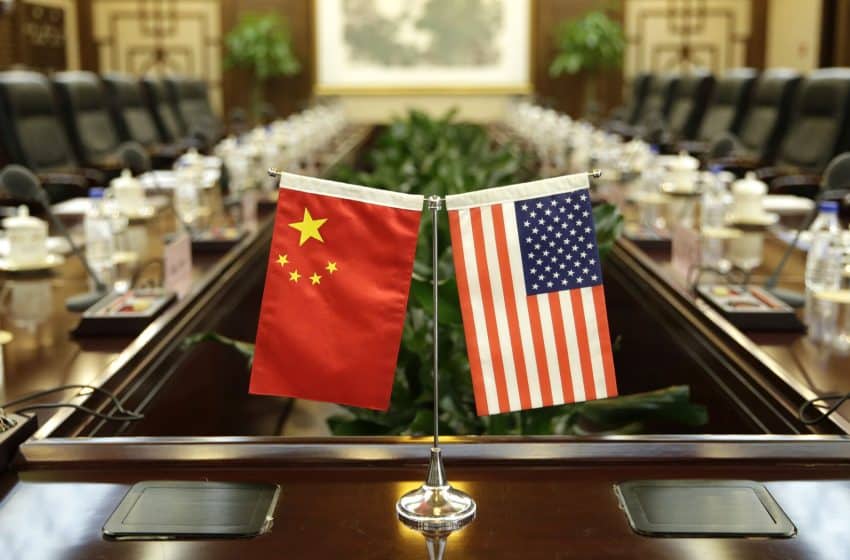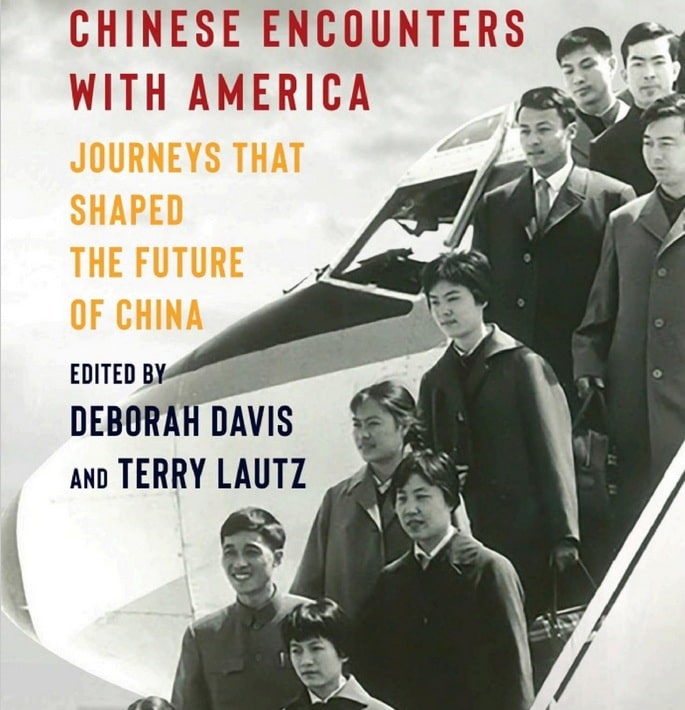With TPP On The Ropes, What Next For Regional Trade In The Asia-Pacific?
True to form, US President Donald Trump has upheld his election promise to withdraw the US from the Trans-Pacific Partnership (TPP), a regional trade deal between 12 Asia-Pacific countries that, if implemented, would be the largest and most ambitious trade deal to date. However, with US withdrawal the deal is unlikely to survive, at least in its current form, providing an opportunity for the second-largest economy of the region, China, to capitalise on this opening to its advantage. But firstly, what is (or more likely was) the TPP, and why was it so significant?
Concluded between 12 states in the Asia-Pacific in February 2016, the TPP would, according to Georgetown University’s J. Robert Vastine, have represented the most significant development in international trade since the WTO’s Uruguay Round in 1994. Significantly, the world’s second-largest economy – China – was not party to the negotiations, yet was given the option of joining in future. Cumulatively, the deal represented states comprising approximately 40% of the global economy. Yet this alone was not what made it ambitious. The deal went further than previous trade agreements, establishing not only a reduction in trade barriers between nations, but also mandating a much higher standard, for example, of labour, environmental and intellectual property law amongst signatories. To come into effect, at least 6 of the 12 states acceding to the deal and representing at least 85% of their cumulative GDP are required to ratify it. The US constitutes 60% of the cumulative GDP, and so without its ratification, a major drawcard and driver of the agreement is lost and any hope of salvaging it would require renegotiation.

Understandably then, this places China in an ideal position. With US credibility and reliability in the region diminished and the Trump administration’s nativist and protectionist rhetoric, the world’s second-largest economy is ideally-placed to fill the political and economic vacuum left by the US and take responsibility in driving the future of international trade. Indeed, China already appears to be repositioning itself in line with this role. In a press conference following Trump’s decision, Chinese Foreign Ministry spokesperson Hua Chunying avoided commenting on the TPP, but emphasised China’s commitment to “open, transparent and win-win regional free trade arrangements…[that take] into full account the differences and diversities among regional economies”, and highlighted China’s efforts regarding the Regional Comprehensive Economic Partnership (RCEP – more on this below) as evidence of this. President Xi Jinping of China offered similar comments in his inaugural speech at the World Economic Forum in Davos, Switzerland, which has been interpreted as an implicit rebuke of the new administration’s protectionist worldview.
It is against this background that the China-backed Regional Comprehensive Economic Partnership (RCEP) has become prominent. Given the US is now unlikely to ratify the TPP, with Trump officially withdrawing the US from the agreement and the US Congress indicating it would not ratify it, many states have in fact been turning to China for a replacement. The RCEP is a more limited trade deal: it,too, aims to reduce tariffs, but calls for relatively lower regulatory standards than the TPP. Similar to the TPP though, the world’s largest economy – the US – is not party to the negotiations: only ASEAN and the six countries with which it has free trade deals are involved.

Despite its lower ambitions, RCEP could serve as a blueprint for the direction of trade in Asia if negotiations prove successful. Though officially an ASEAN-lead effort, the deal in turn give China significant influence over the direction of regional trade in the future, such as in outlining the structure and scope of the proposed Free Trade Area of the Asia-Pacific, an agreement amongst APEC members that would trump both the TPP and RCEP in size if it were ever to come to fruition. Moreover, regional states may be more inclined to concede to China on other regional issues if in return they are allowed access to the lucrative Chinese domestic market. This is even more likely when the traditional economic guarantor of the region – the US – is less engaged, leaving regional states little alternative. Ultimately, this diminishes US influence in the region to the detriment of US regional strategy and to China’s benefit. To some extent this relative strategic shift is inevitable and commensurate with China growing economic and political prominence, as Hugh White, professor of strategic studies at the Australian National University, notes, stating that:
“the relationship between the world’s two richest and strongest states will always be competitive; the question is whether that competition still allows them to trade and invest with each other, cooperate to solve shared problems, and contribute to maintain a stable international order”.
It is understandable that China will begin to take on more responsibility commensurate with its position; the question is the degree to which regional powers like the US will accommodate this change.
Of course, all of this is at the moment speculative, and assumes that negotiations to conclude the RCEP will succeed without a hitch (and no other complications will arise), which is by no means assured at this point. According to the Australian Institute of International Affairs, significant disagreements still exist on matters concerning the structure of tariffs and which regulations to include, as well as on how to construct a deal that standardises the myriad bilateral trade agreements that already exist amongst participating states. Similarly, the difference in domestic economies between relatively open countries like Australia and the relatively conservative, like India and Indonesia will need to be addressed. Moreover, participants must also overcome any underlying strategic distrust deriving from others areas of disagreement, including those in the East and South China Seas.
Even though the TPP now seems unlikely to come into effect, it was by no means the only regional trade initiative on the table. On the contrary, the RCEP, though less ambitious in scope than the TPP, would nonetheless represent a significant development in regional and international trade. The questions facing negotiating states now is whether they wish to conclude a trade deal without the US, and concomitantly, to what degree they are willing to accommodate China’s related resurgence in Asia.
By JUSTIN ELLIOTT FEB. 14, 2017
Justin Elliott is a Spring 2017 intern at the Carter Center’s China Program.








